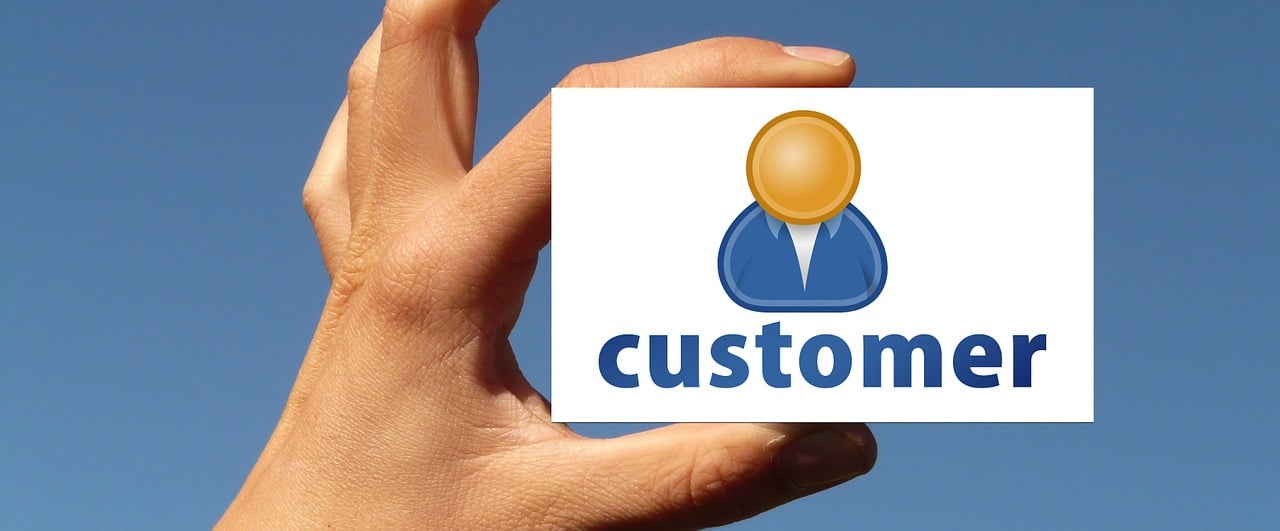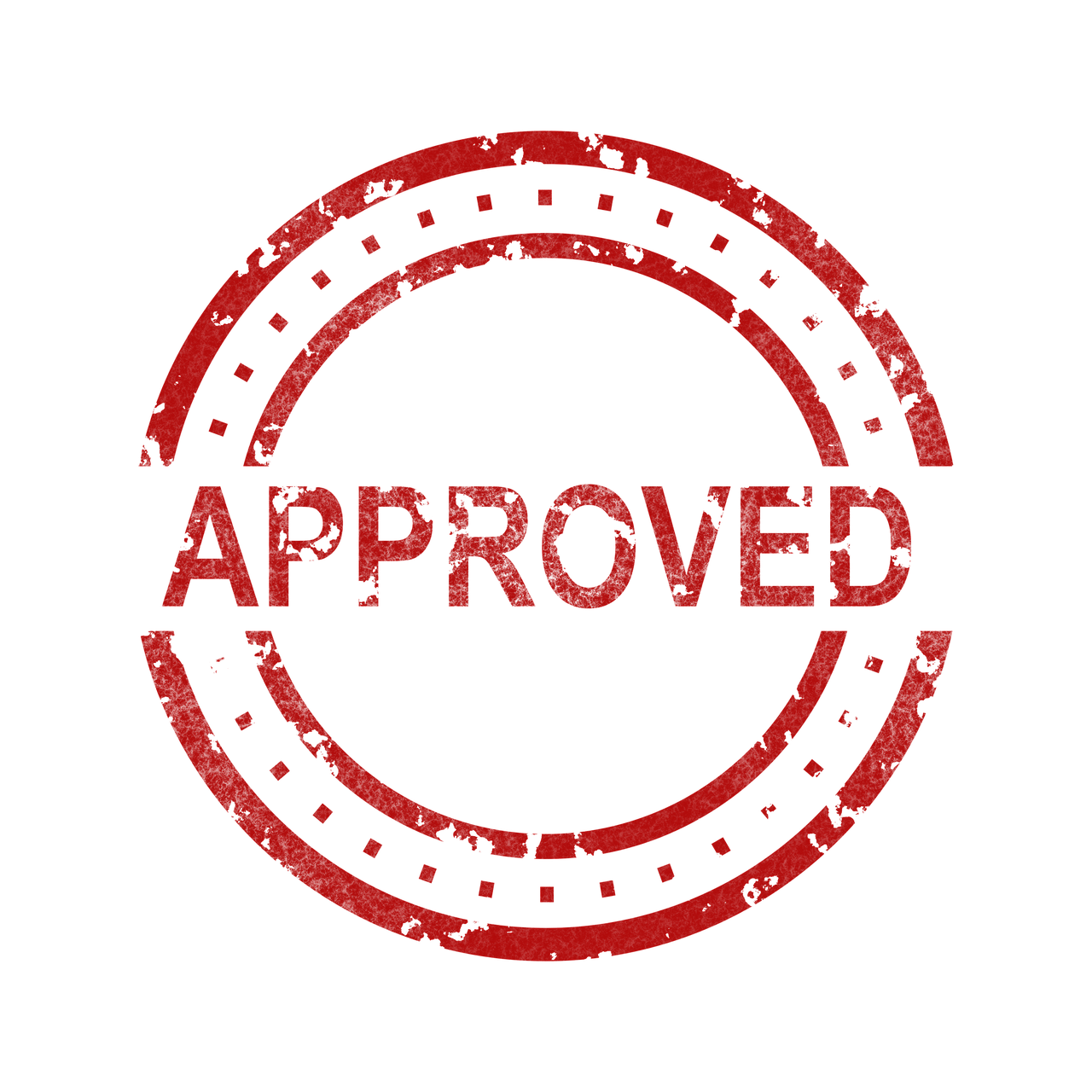In the fiercely competitive landscape of modern business, retaining your best customers has become both a challenge and an opportunity. Companies like Salesforce, HubSpot, and Shopify have revolutionized how customer retention is approached, underscoring the importance of personalized engagement, seamless communication, and data-driven strategies. As digital channels multiply and consumer expectations evolve, businesses must integrate advanced CRM platforms and marketing automation tools to nurture relationships beyond the initial sale. Retention not only fuels steady revenue streams but also transforms customers into brand advocates whose loyalty can withstand market disruptions. Understanding how to leverage tools like Zendesk for customer support, Mailchimp for targeted campaigns, and Hootsuite to manage social media engagement is vital for crafting retention strategies that resonate. Moreover, businesses must constantly innovate, employing customer experience platforms like Intercom and Freshdesk to provide timely and relevant interactions. This comprehensive exploration dives into identifying your best customers, crafting personalized experiences, optimizing retention processes, employing technology effectively, and measuring outcomes to maximize long-term loyalty. The intersection of technology, customer psychology, and strategic planning offers invaluable insights for organizations seeking to elevate customer retention to new heights.
Identifying and Understanding Your Best Customers to Enhance Retention
Effectively retaining your most valuable customers begins with precisely identifying who they are. Not all customers contribute equally to your revenue or have the same potential for long-term engagement. Leveraging data analytics tools integrated into platforms like Salesforce and HubSpot enables businesses to segment customers based on purchasing behaviors, lifetime value, and engagement levels. This segmentation uncovers a core group whose preferences and needs warrant focused attention.
Take Shopify sellers, for example: by analyzing sales data, they can pinpoint customers who consistently repurchase or opt for premium products. These insights help to tailor marketing efforts and customer service approaches, ensuring that their high-value shoppers feel recognized and prioritized. Incorporating tools like Customer.io permits automated yet personalized communication flows that keep these customers informed about relevant offers or product updates, thereby increasing engagement.
Developing deep customer knowledge includes understanding pain points and motivations through surveys facilitated by Typeform or feedback systems embedded within Freshdesk. Gathering qualitative data complements quantitative metrics, offering a complete picture that guides retention strategies. For instance, a SaaS company using Intercom can track common support queries and identify areas where users struggle, presenting opportunities for proactive education or product enhancements.
- Identify key customer segments through CRM analytics
- Utilize behavioral data to predict retention potential
- Employ customer feedback tools to uncover satisfaction drivers
- Integrate marketing automation for tailored engagement
- Focus on repeat purchase patterns and product affinity
| Customer Attribute | Retention Strategy | Supporting Tools |
|---|---|---|
| High Lifetime Value | Exclusive offers, loyalty programs | Salesforce, Mailchimp |
| Frequent Engagement | Personalized content, timely communications | HubSpot, Customer.io |
| Support Interaction | Proactive issue resolution, enhanced service | Zendesk, Freshdesk |
| Feedback Providers | Involve in product development, recognition | Typeform, Intercom |
Understanding your best customers profoundly positions your business to craft retention strategies with precision, ensuring efforts yield substantial returns.

Creating Personalized Customer Experiences That Drive Loyalty
Personalization stands at the heart of retaining top customers. In 2025’s market, generic communication no longer suffices; customers expect brands to anticipate their needs and deliver experiences that feel tailor-made. Technologies like HubSpot and Intercom have made complex personalization feasible by automating customer journey mapping and crafting dynamic, one-to-one messaging based on user behavior.
Consider a case where a retail company uses Shopify in conjunction with Mailchimp to recommend products based on previous purchases and browsing history. These timely, relevant communications increase the likelihood of repeat purchases and foster emotional connections with the brand. Furthermore, personalizing customer support experiences through platforms like Zendesk ensures that interactions are efficient and contextualized, elevating satisfaction.
Many businesses now harness data from multiple channels, including social media managed via Hootsuite, to refine personalization continuously. By analyzing customers’ online sentiments and content engagement, companies can fine-tune offers and interactions, leading to stronger loyalty. Incorporating customer insights gained from surveys using Typeform also helps in adapting personalization strategies to evolving preferences.
- Leverage CRM and marketing platforms for automation
- Create dynamic content that adapts to customer behavior
- Integrate multi-channel data for cohesive experiences
- Utilize chatbots and live support to enhance personalization
- Apply behavioral triggers to send timely communications
| Personalization Strategy | Business Example | Tools Enabling Strategy |
|---|---|---|
| Behavior-based Email Campaigns | Online fashion retailer upselling new collections | Mailchimp, HubSpot |
| Contextual Customer Support | Software vendor providing instant help | Zendesk, Intercom |
| Social Media Engagement Analysis | Consumer brand tailoring influencer content | Hootsuite, Typeform |
Personalized experiences create emotional bonds, encouraging customers not only to remain loyal but also to advocate for the brand actively.
Streamlining Retention Processes: Efficient Strategies and SOPs
Behind remarkable retention rates lies well-structured processes designed to minimize friction and enhance customer satisfaction. Leading companies recognize that developing Standard Operating Procedures (SOPs) for retention initiatives ensures consistency and scalability. Accessing guides on how to create effective SOPs can provide invaluable frameworks to systemize customer follow-ups, loyalty reward management, and personalized outreach.
Automated workflows embedded in platforms like Customer.io allow businesses to set triggers for retention campaigns based on user actions or inactivity. This automation reduces manual tasks and accelerates response time to potential churn signals. Meanwhile, Freshdesk supports efficient ticket and complaint handling, thereby resolving issues rapidly to maintain customer trust.
The subscription economy’s growth has brought specific challenges and expectations around retention. Companies offering subscription services can benefit from strategies outlined in resources such as subscription services expectations to craft retention models that resonate with evolving customer demands, including flexible pricing, value-added perks, and proactive support.
- Develop clear SOPs to ensure consistent customer engagement
- Use automated triggers to address potential churn quickly
- Employ customer service tools to expedite issue resolution
- Adapt retention tactics to subscription-based models
- Continuously monitor and update retention workflows
| Retention Element | Process Description | Recommended Tools |
|---|---|---|
| Customer Follow-up | Automated emails post-purchase to encourage re-engagement | Customer.io, Mailchimp |
| Issue Resolution | Rapid ticket management and customer feedback incorporation | Zendesk, Freshdesk |
| Loyalty Program Management | Tracking points and rewards to incentivize purchases | HubSpot, Shopify |
A streamlined retention ecosystem combining well-crafted SOPs and automation delivers consistent customer experiences that drive loyalty efficiently and at scale.

Maximizing Technology Adoption for Long-Term Customer Loyalty
Technology is undeniably the backbone of modern customer retention strategies. Choosing the right combination of platforms like Salesforce for CRM, Intercom for conversational marketing, and Hootsuite for social media management enables companies to maintain continuous, meaningful engagement with their best customers. Each tool delivers unique capabilities that, when integrated, form a comprehensive retention ecosystem.
For instance, Salesforce’s advanced analytics and AI-driven insights help predict churn risks and identify upselling opportunities. Meanwhile, Intercom’s ability to deliver personalized chat experiences bridges communication gaps in real-time, preventing frustration and fostering trust. Integrating Mailchimp’s marketing automation campaigns with Shopify stores results in targeted emails that reflect inventory and customer preferences instantly, generating repeat sales.
Training internal teams to effectively use these systems also matters hugely. The manual metrics for scaling teams highlight how technology adoption correlates with improved retention KPIs, including customer satisfaction scores and average revenue per user. Furthermore, implementing integrated dashboards uniting data from Zendesk, Freshdesk, and Typeform provides actionable intelligence to refine engagement continuously.
- Implement CRM and automation tools for seamless data management
- Leverage AI and predictive analytics for customer insights
- Integrate communication platforms for omnichannel engagement
- Train teams to maximize technology usage and adoption
- Use data dashboards to monitor retention KPIs in real-time
| Technology Platform | Functionality | Retention Impact |
|---|---|---|
| Salesforce | CRM with AI-powered insights | Predictive churn analysis, personalized upselling |
| Intercom | Conversational marketing and live chat | Instant issue resolution, tailored communication |
| Hootsuite | Social media management | Engagement monitoring, brand sentiment analysis |
Measuring Success: Key Metrics and Continuous Improvement in Customer Retention
Retaining your best customers is an ongoing endeavor that hinges on effective measurement and data-driven refinement. Companies must establish comprehensive metrics that monitor not only churn rates but also deeper indicators such as customer lifetime value (CLV), net promoter score (NPS), and engagement frequency. Analysis relies heavily on data aggregated from platforms like Salesforce and Zendesk, which help surface trends that manual observation might miss.
One common pitfall is reliance on a single metric. Instead, a balanced scorecard approach using multiple KPIs ensures a fuller understanding of customer loyalty health. For example, pairing NPS scores with support ticket resolution times — accessible via Freshdesk — reveals how well satisfaction translates into retention. Similarly, marketing automation solutions such as Mailchimp provide conversion tracking that links campaign performance directly to repeat purchases.
Continuous improvement demands regular iteration based on metrics. Businesses that thrive during crises, as discussed in lessons businesses thrived crises, demonstrate agility in adapting retention strategies to changing customer needs and market conditions. Employing surveys with Typeform and analyzing social feedback through Hootsuite allows companies to stay attuned to evolving preferences.
- Track multiple metrics for a holistic view of retention
- Use CRM and support data to analyze customer behavior
- Link marketing initiatives to repeat purchase rates
- Adapt retention strategies based on data insights
- Leverage customer feedback for continuous improvement
| Metric | Description | Typical Tool |
|---|---|---|
| Customer Lifetime Value (CLV) | Total revenue expected from a customer over their engagement | Salesforce, HubSpot |
| Net Promoter Score (NPS) | Gauge of customer willingness to recommend a brand | Typeform, Zendesk |
| Churn Rate | Percentage of customers lost within a period | Salesforce, Freshdesk |
| Engagement Frequency | How often customers interact with brand touchpoints | Intercom, Mailchimp |
Mastering measurement and continuous adaptation ensures your retention efforts stay effective even as market landscapes shift.

Frequently Asked Questions About Customer Retention
-
What is the most important factor in retaining best customers?
Personalization consistently ranks as the crucial element. Customers expect brands to understand and anticipate their unique needs, a goal achieved through the effective use of CRM tools like HubSpot and Salesforce combined with marketing automation platforms.
-
How can small businesses compete with larger companies in customer retention?
Small businesses can leverage affordable platforms such as Mailchimp for email marketing and Freshdesk for customer support. By providing highly attentive service and personalized experiences, they can build strong emotional connections that rival larger competitors.
-
Are loyalty programs still effective for customer retention in 2025?
Yes, but only when thoughtfully designed and aligned with customer preferences. Integration with platforms like Shopify facilitates seamless loyalty reward management, encouraging repeat business without seeming generic or outdated.
-
What role does social media play in retaining customers?
Social media engagement, managed through tools like Hootsuite, provides real-time dialogues and sentiment insights. It allows brands to respond promptly to feedback, build community, and strengthen customer bonds, essential for retention.
-
How often should companies revisit their retention strategies?
Continuous monitoring via dashboards and regular customer feedback collection is key. Businesses should revisit strategies quarterly or following significant market changes to stay aligned with evolving customer expectations.


